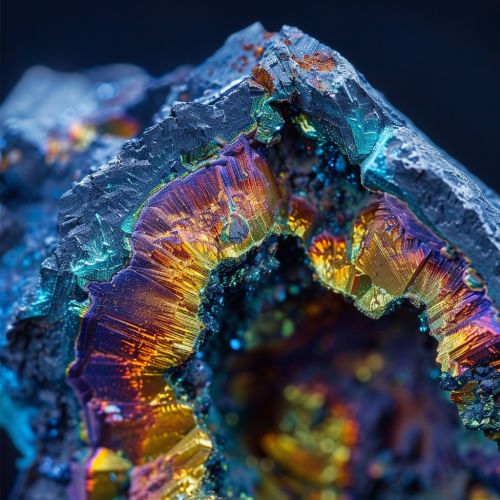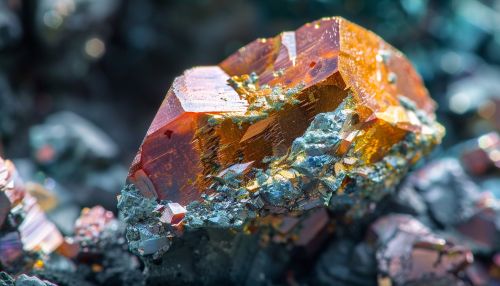Uranium
Introduction
Uranium is a chemical element with the symbol U and atomic number 92. It is a silvery-grey metal in the actinide series of the periodic table. A uranium atom has 92 protons and 92 electrons, of which 6 are valence electrons.
History
Uranium, named after the planet Uranus, was discovered in the mineral pitchblende by German chemist Martin Heinrich Klaproth in 1789. Although he was able to isolate an oxide of uranium, it was not until 1841 that French chemist Eugène-Melchior Péligot isolated the first sample of uranium metal.
Occurrence
Uranium is a naturally occurring element that can be found in low levels within all rock, soil, and water. It is the 51st element in abundance in the Earth's crust. Uranium is also the highest-numbered element to be found naturally in significant quantities on earth and is almost always found combined with other elements.


Isotopes
Naturally occurring uranium is composed of three major isotopes, uranium-238 (U-238), uranium-235 (U-235), and uranium-234 (U-234). U-238 accounts for the majority of uranium found in nature. U-235 and U-234 are present in smaller quantities, with U-235 being the only one capable of sustaining a nuclear chain reaction.
Applications
Uranium is used in numerous areas, including the military, industrial and civil sectors. The most significant use of uranium in the military sector is in nuclear weapons. Depleted uranium is used as a tamper, or neutron reflector, in nuclear weapons. In the civil sector, uranium is used as a fuel in nuclear power plants.
Health Effects
Exposure to uranium can result in both chemical and radiological toxicity. The major risks associated with uranium exposure are kidney damage and increased risk of cancer.
